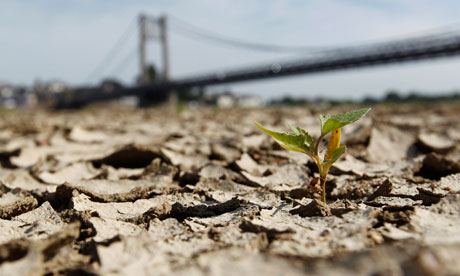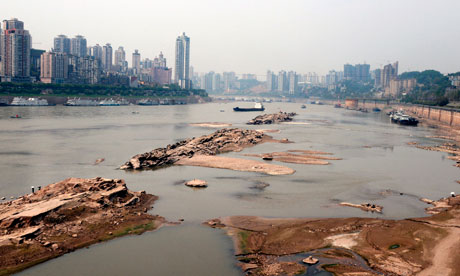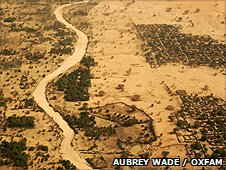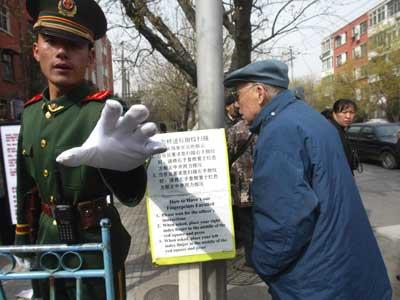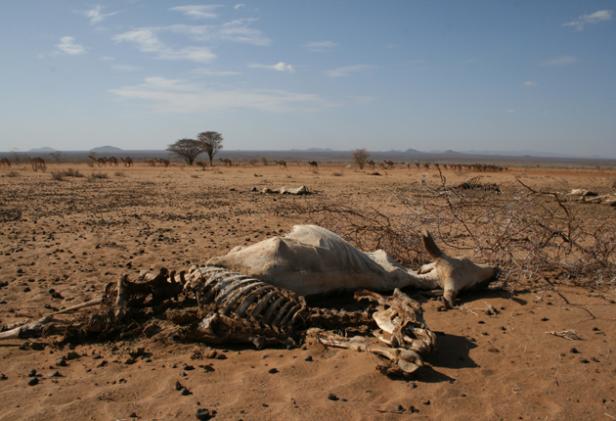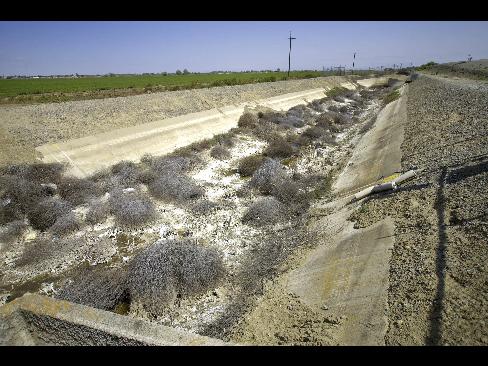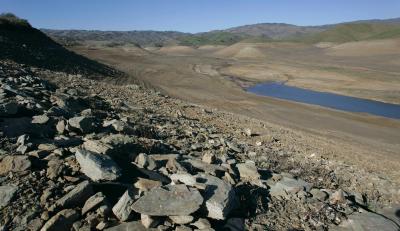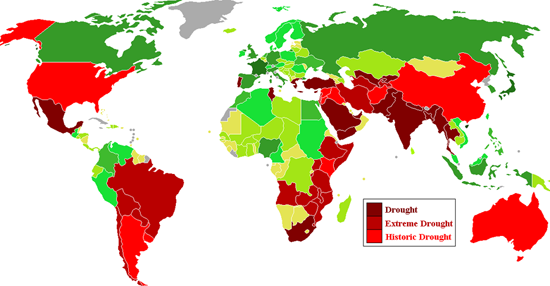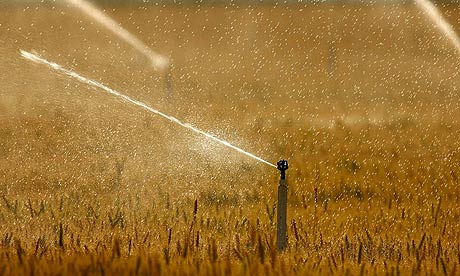The monsoon is late, the wells are running dry and in the teeming city of Bhopal, water supply is now a deadly issue.
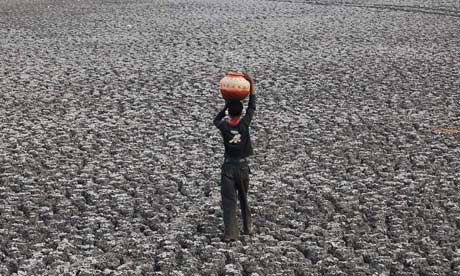
A young man walks across Bhopal’s Upper Lake, which has shrunk to an eighth of its original area. Photograph: STR/AFP/Getty Images
It was a little after 8pm when the water started flowing through the pipe running beneath the dirt streets of Bhopal’s Sanjay Nagar slum. After days without a drop of water, the Malviya family were the first to reach the hole they had drilled in the pipe, filling what containers they had as quickly as they could. Within minutes, three of them were dead, hacked to death by angry neighbours who accused them of stealing water.
In Bhopal, and across much of northern India, a late monsoon and the driest June for 83 years are exacerbating the effects of a widespread drought and setting neighbour against neighbour in a desperate fight for survival.
India’s vast farming economy is on the verge of crisis. The lack of rain has hit northern areas most, but even in Mumbai, which has experienced heavy rainfall and flooding, authorities were forced to cut the water supply by 30% last week as levels in the lakes serving the city ran perilously low.
Across the country, from Gujarat to Hyderabad, in Andhra Pradesh, the state that claims to be “the rice bowl of India”, special prayers have been held for more rain after cumulative monsoon season figures fell 43% below average.
On Friday, India’s agriculture minister, Sharad Pawar, said the country was facing a drought-like situation that was a “matter for concern”, with serious problems developing in states such as Punjab, Uttar Pradesh and Bihar.
In Bhopal, which bills itself as the City of Lakes, patience is already at breaking point. The largest lake, the 1,000-year-old, man-made Upper Lake, had reduced in size from 38 sq km to 5 sq km by the start of last week.
The population of 1.8 million has been rationed to 30 minutes of water supply every other day since October. That became one day in three as the monsoon failed to materialise. In nearby Indore the ration is half an hour’s supply every seven days.
Read moreIndia: Water Wars Break Out
